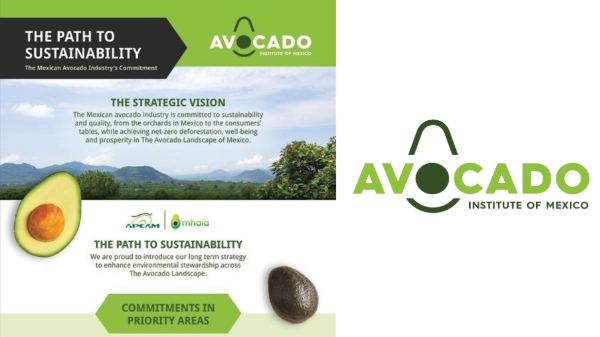Welcome to Blue Book!
Are you ready to join the thousands of companies who rely on Blue Book to drive smarter decisions? View our plans and get started today!
Still have questions? We’d love to show you what Blue Book can do for you. Drop us a line– we’ve been waiting for you.

The top varieties are Red Delicious, Golden Delicious, Rome, and Stayman. According to North Carolina’s Depart-ment of Agriculture and Consumer Services, the mountains are a perfect place to grow apples with their warm days and cool nights.
Across The Globe
Despite the large American appetite for apples, China leads the world in apple production with 38 million tons in 2012. Considerable apple production occurs in the European Union as well with 11.3 million tons, though South America’s Chile is a notable producer with 1.3 million tons.
Select countries serve as a backup to domestic production, as demand often exceeds available supply. The value of fresh apple imports into the United States was up 23 percent in 2012 from 2011, equaling $163.6 million. The majority of imported apples come from Chile, followed by New Zealand and nearby Canada.
On the other side of the equation, apple exports are big business. Shipments reached over 46 million bushels in 2012, at a value of close to $1.2 billion according to the U.S. Apple Association.
Unfortunately, export sales were dealt a serious blow in August from political fallout with Russia. Due to increasingly strained relations and a series of U.S.-led sanctions, Russia fought back by banning agricultural imports from numerous Western countries, including the United States.
Although Russia is not among the U.S.’s top apple export markets (Mexico, Canada, Taiwan, Indonesia, and India ranked as the top five in 2012), it is still a major market for some producers, especially in Washington.
Randy Steemsma, president of Nuchief Sales, Inc. in Wenatchee, WA considered the situation a “huge issue” for fruit suppliers, especially those in the Evergreen State. “The Russian ban on American products is a serious problem, because Washington State exports 40 to 50 percent of the crop.”
Ups and Downs
Although apples have enjoyed popularity for centuries, the industry continues to face a myriad of challenges. Many remain the usual and expected—like labor, shipping costs, pests and disease, food safety, and of course, the unpredictable weather.
Since most growers rely on guest workers and the requisite H-2A temporary visas at harvest time, immigration has remained a hot topic. Policy gridlock and a backlog of H-2A applications continue to hamper growers, causing some to scale back production or risk leaving fruit on the trees.
“The main issue for growers is always labor,” asserts Nuchief’s Steemsma. “Washington doesn’t have the population to grow and harvest all the apples.”








